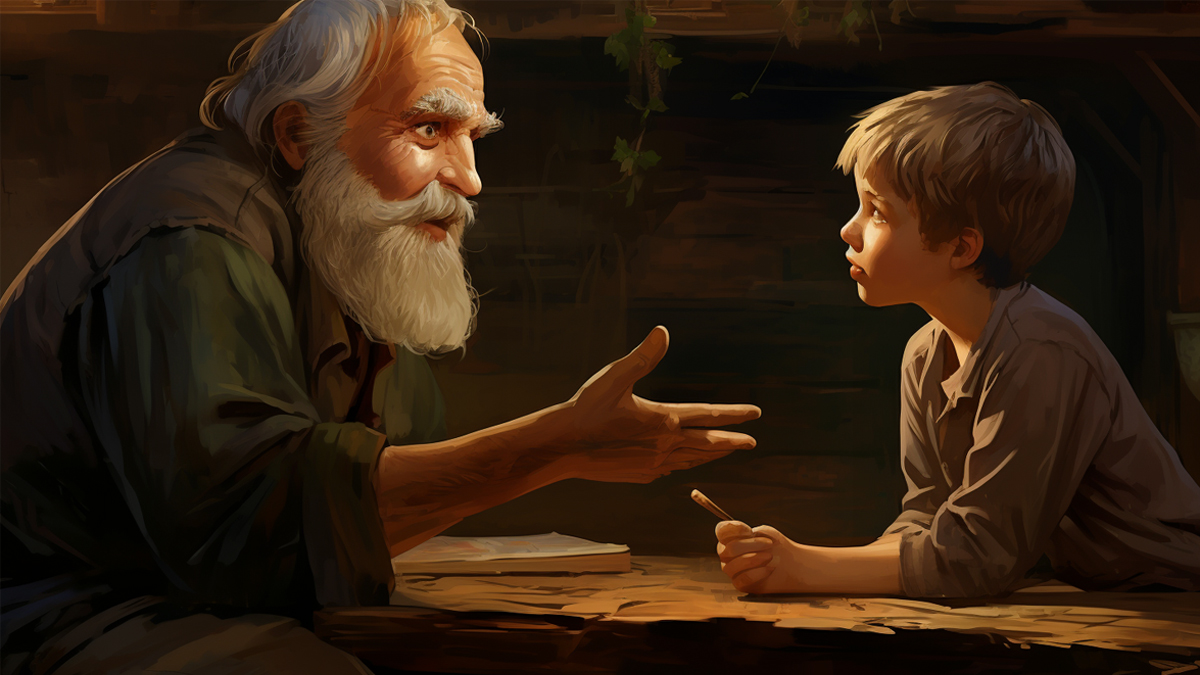David Brooks’ Neocon Nostalgia

So David Brooks wants to arouse in us some SELECTIVE NOSTALGIA for neoconservatism. That’s not surprising, because he once was a “neocon”—or a “national greatness” conservative.
Now the brand “neocon” is both exhausted and discredited. Too many Americans—liberals, libertarians, and even traditionalist conservatives—think of “neocon” as a synonym for “rights-trampling, lying, promiscuously interventionist scum.”
Brooks makes the excellent observation that to be conservative is to be selectively or sometimes not so selectively nostalgic for some point in our American past.
So some conservatives say it was all downhill since the Framing of the Constitution.
Some—such as Patrick Deneen and the late, great Carey McWilliams—think we started going downhill with the Constitution, with the defeat of the Anti-Federalists and their vision for a virtuous small republic. McWilliams even suggests there’s some to be said for going back to the Puritans. The very rare conservative—such as the follower of Alasdair MacIntyre—think it takes a medieval village to be raised right and find your way in the world.
Some libertarians and a few traditionalist conservatives want to go back to the 1850s, thinking that big government began with the centralizing, warmonger Lincoln. (They sort of portray Lincoln as the first neocon, and of course those neocons do like Lincoln a lot. But so do liberals and almost all Americans.)
A lot more libertarians and other conservatives want to go back to the time before those evildoing PROGRESSIVES subverted the limited-government version of the Founders. I’ve heard one say he wants to go back to McKinley—or the 1890s. Others want to get cool again with Coolidge in the 1920s, whose small-government administration was a sane and even eloquent interlude between misguided Progressive transformationalists.
The first neoconservatives—such as the brilliant and admirable Irving Kristol—were nostalgia for the 1950s or early 1960s. They were all for the Civil Rights movement and the minimalist entitlement regime centered on Social Security. But they were against the deranged and unchecked big-government social experimentalism that begin with the Great Society, just as they were against the “Do you own thing” social permissiveness that began in the late 1960s. They were also against the waning of our anti-communist resolve—“The Vietnam Syndrome”—that began around the same time.
The original neocons were for the right kind of big but limited government. They wanted America to be the world’s most formidable and confidently (pro-liberty) ideological military power. They didn’t lose any sleep over “the military-industrial complex.” And they were for the welfare state, not losing any sleep, as conservatives now do, both about its constitutionality and it being a road—a slippery slope—to despotism. They also wanted to encourage the mediating structures—beginning with the family and religion—that produced the decent lives that require little government intervention.
So the selective nostalgia for the early 1960s is also nostalgia for Reagan’s 1980s, which was all about what might be called the neocon’s confident and ideological agenda for America. Reagan’s slogan might have been back to 1962 (with the better tax system he got passed), not back to Coolidge or McKinley. Not back, in other words, to Rand Paul’s no-entitlement, no-entanglement or rigorously constitutional paradise.
Brooks takes foreign policy off the table in his selective nostalgia. Communism is gone (thanks, in no small part, to Reagan?), and what to do now is much more complicated now. Even Irving Kristol said near the end of his life that “the facts on the ground” in Iraq and Afghanistan speak against American intervention—although not against American power—for the foreseeable future.
I’m selectively nostalgic for many points in the past, and so I never was a neocon. (I will explain why later.) But surely Brooks is right that Republicans should be about mending—not ending—our entitlement regime. And they shouldn’t be saying silly things like Social Security and Medicare are unconstitutional. Too many Republicans—the followers of Rand Paul and Tea Partiers—have become too libertarian, too hostile to government.
But here’s what’s changed since the time when Irving Kristol wrote so ably: His confidence was that economic growth could sustain a fairly minimalist welfare state. In that respect, our entitlement regime was a Ponzi scheme we could believe in forever. But our demographic crisis—too many dependents and not enough producers—makes that optimism impossible today. President Obama’s reelection, I think, depended on the perception that he was the guy who could somehow allow us to keep what we have now on the entitlement front. But he really can’t for very long.
So the Republican “mend it, don’t end” approach should be based on facing tough facts. But here’s one piece of good news: Kristol was more right than he knew that “the road to serfdom” can never get to serfdom.
Selective nostalgia, in fact, is a potent analytical tool for us all, unless you believe that things are better these days than they used to be in every respect. Well, THE TRANSHUMANISTS do, I guess. But they’re single-issue voters.





